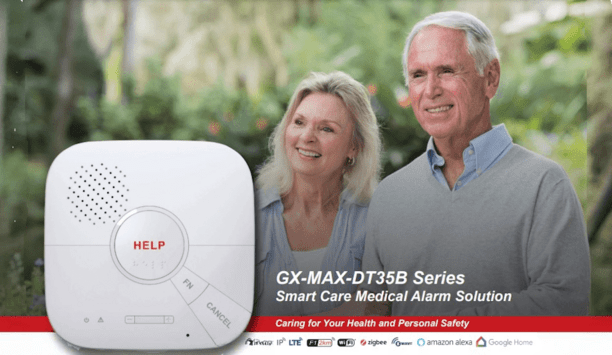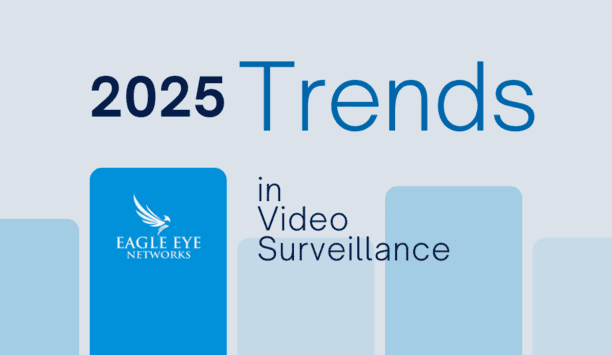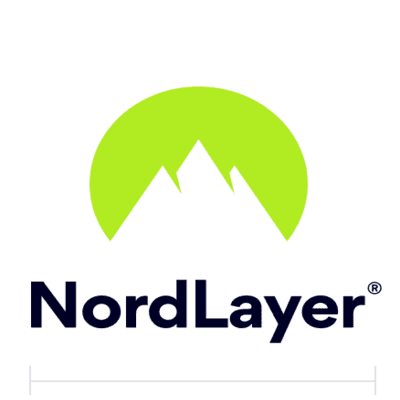 |
| Time and attendance has proven to be a successful use of biometric technology traditionally used for controlling access to highly sensitive areas |
Security technology is increasingly being used to help organisations tackle challenges going far beyond controlling access to office buildings and monitoring parking lot activity.
Video, in particular, has become the darling of many markets. Retailers use live and recorded video to assess promotional sales efforts. Manufacturers confirm employees are following mandated safety regulations. Transit officials debunk false liability claims with a review of recorded mobile video.
But here’s a relatively new one – biometrics. Long thought perfect for controlling access to highly sensitive public and private research and military facilities, they are showing up in offices, hotels — even in remote fruit fields and sugar processing plants — for employee time and attendance. It’s proven to be a successful use of the broad technology.
Risks of mechanical and electronic clocks
The process of keeping track of employees’ hours has long been open to fraud and other issues. Mechanical time clocks — in use since the 1800s — and even more modern electronic clocks using magnetic stripe or proximity cards are open to a process known as ‘buddy punching.’ That’s a scheme in which an employee clocks in and/or out for a friend who may be late or not even at work.
Mechanical systems are also slow, potentially leading to long queues during shift changes resulting in wasted time and lost productivity. Mechanical cards also need to be keystroked into the payroll system, requiring significant back office time for data entry.
Electronic cards can be shared. They may also be lost or stolen, costing additional time and money in back office expense.
Even small errors in collecting and processing employee time and attendance can add substantially to the cost of payroll, already a major expense for any organisation. Studies by a leading international human resources consulting firm have shown even small payroll errors and fraud can boost operating costs by up to 10 percent.
Biometric time and attendance solution
But fraud, delays and lost credentials can be largely eliminated by a biometric solution. Common biometric systems involve hand or fingerprint readers, facial identification or iris recognition. Each technology records and then compares physical characteristics unique to every individual. However, changes in weight, hairstyle, finger or hand size, cuts or even the effects of manual labour can trigger the need for re-enrolment – in all except iris-based solutions.
 |
| Fraud, delays and lost credentials can be largely eliminated by a biometric solution |
Iris recognition advantages
The structural formation of the human iris (the visible coloured ring around the pupil), is fixed from the first year of life and remains constant. And few people can’t use the technology, as most individuals have at least one eye. Even blind people have successfully used iris recognition.
At employee enrolment, iris systems utilise an industry-standard camera to capture an image of the iris. Software converts that to a small template stored in a terminal database. Authentication requires employees to stand roughly 18 inches from an iris reader and the process takes about two seconds. With multiple readers installed, long lines are eliminated.
Also eliminated is fraud. Since every user’s iris is unique and required to be present at the reader, time fraud schemes are virtually impossible. The system can also prevent another type of back-office time fraud known as “ghost employees” – non-existent people added to the payroll.
Security is also enhanced. The digital templates can’t be used to produce any sort of visual image, affording a high-level of defence against employee identity theft. An iris recognition system can also grant facility access as employee’s clock in for work.
Iris recognition case study
Here’s an example of how an iris recognition system has benefitted a major Turkish fruit and vegetable grower and one of Europe’s largest providers of juice. The nature of the local work force created a major time-and-attendance challenge.
"Fingerprint and facial recognition systems were tried briefly. Facial recognition suffered from workers’ changes in hairstyle, facial hair, glasses and protective gear" |
New labourers arrive daily seeking work. Once hired, they might work a few days and then leave before returning a week later. Unreliable schedules made standard time cards virtually impossible to manage.
The company’s security integrator suggested smart cards as an option. But that wasn’t much of an improvement as authorising, printing, distributing and tracking cards for thousands of on-and-off workers continued the human resources nightmare. Also, improper use of the cards threatened to cut into the company’s profits.
Both fingerprint and facial recognition systems were tried briefly. The constant cuts and scars workers get from the manual labour impaired the accuracy of readers. Facial recognition suffered from workers’ changes in hairstyle, facial hair, glasses and protective gear.
Daily payroll reports are transmitted to the company’s Istanbul headquarters using wide area networks in the fields and satellite communication. Software links the received data to a payroll module which automatically calculates employee hours and produces paychecks.
The system currently has more than 10,000 enrolled workers. More are being added on an almost daily basis. Once a worker is in the system, it doesn’t matter how often he may leave. When he returns, the iris system immediately recognises him.
Also, the contactless iris-based technology inhibits the transfer of virus or bacteria as there is no direct employee contact with the biometric readers.
If these systems can work in remote areas of Turkey, they can certainly work in downtown Boston. And they do. There, a boutique hotel uses iris-based identity authentication to keep the hours of its employees. The same system also allows VIP guests to enter their suites without a key card.
Reductions in cost
Recent reductions in both product and deployment costs have made using biometrics, including iris recognition, a practical time and attendance investment for organisations of almost any size and in any location.
Of course, biometrics still remains the go-to choice for protecting sensitive locations and international borders, as well as national identity and voter registration programmes.




















